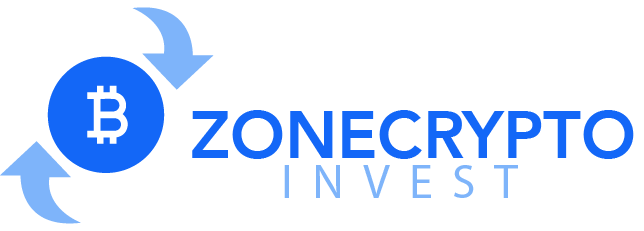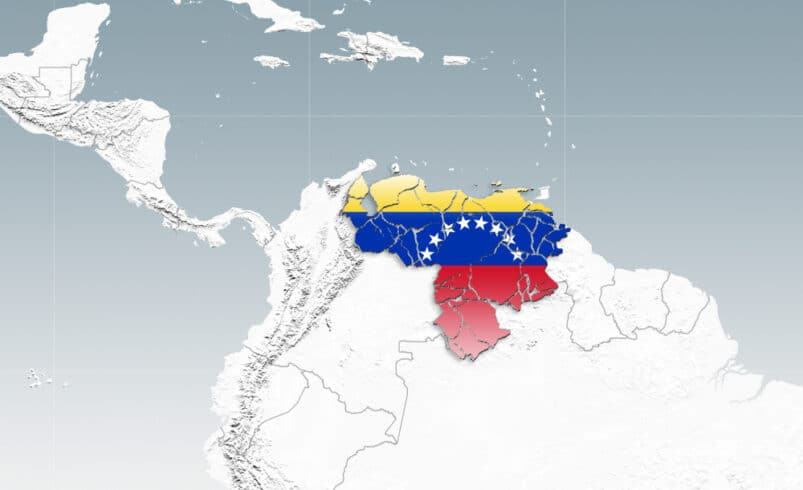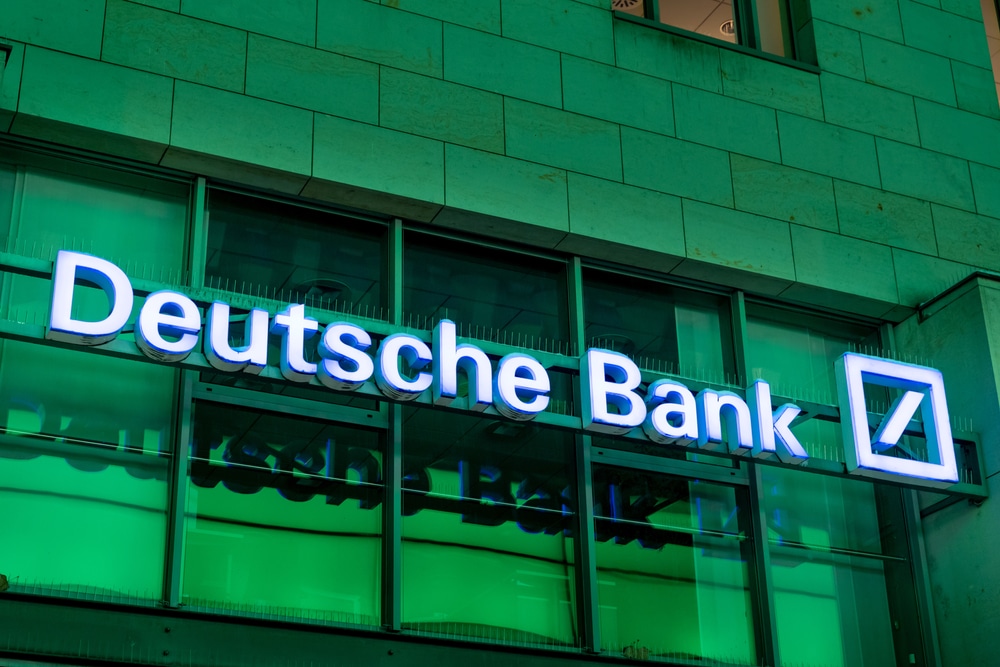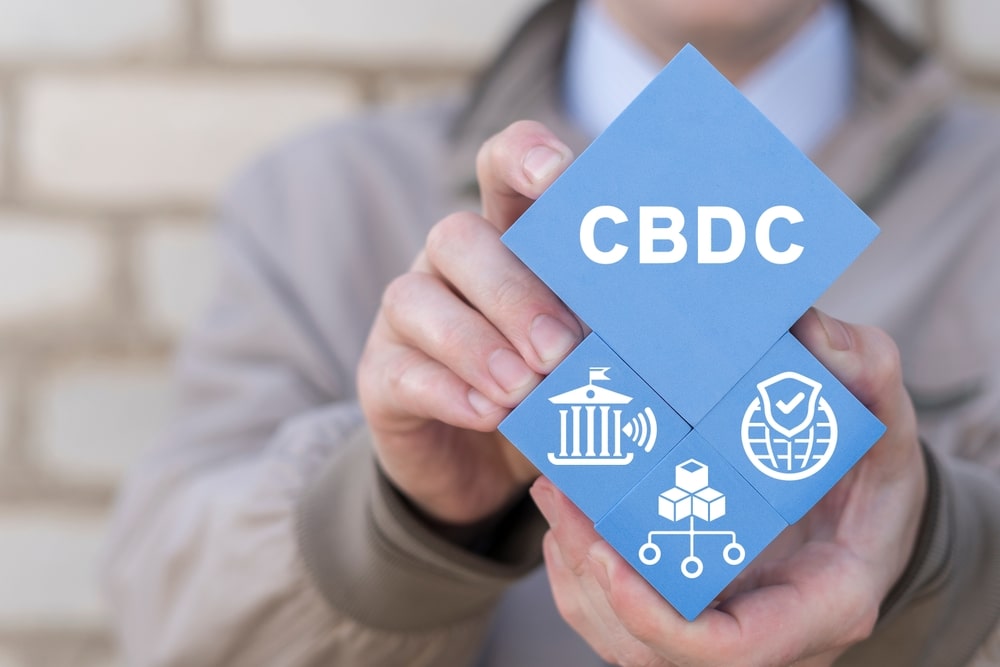A Detailed Explanation of MiCA and Implication to Crypto Users in Europe
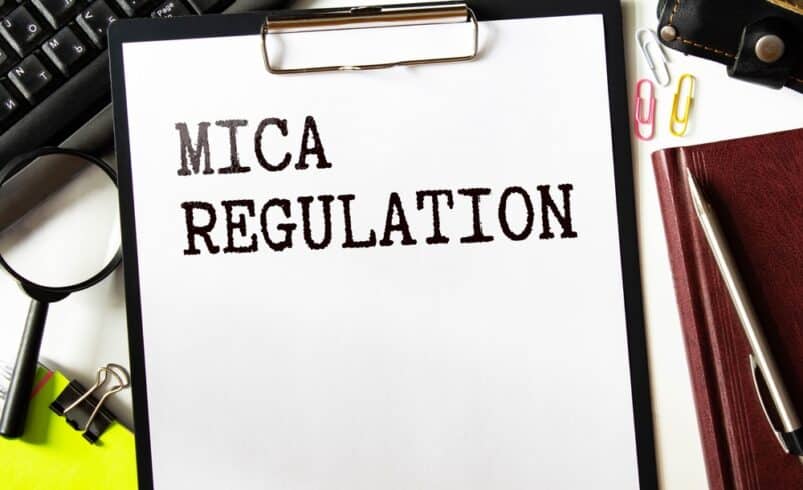
The EU’s Market in Crypto Assets (MiCA) Regulations is the globe’s initial all-inclusive legal structure for crypto assets. This regulatory breakthrough seeks to make the crypto sector in the Eurozone a safe and transparent environment for investors.
MiCA Explanation
MiCA is the European Union’s (EU’s) first regulatory framework controlling Europe’s crypto assets. It is founded on the most appropriate practices from the region’s current guidelines on conventional trading securities.
The European Parliament embraced these guidelines to monitor crypto services provision and crypto assets issuance in the European Union member states. MiCA seeks to offer crypto innovation and legal coverage to avert risks linked to crypto assets.
Crypto services must acquire approval and register with the EU financial regulators.
What Does MiCA Entail?
MiCA European Union guidelines apply to service providers involved in crypto asset issuance, trading, and management. This entails crypto trading platforms, exchanges, management companies, and custodial wallets.
MiCA crypto guidelines vividly define crypto assets that utilize decentralized ledger technology (DLT), with explicit differences between tokens and cryptocurrencies. E-money tokens (EMTs), utility tokens, and asset-referenced tokens (ARTs) are three distinct crypto assets covered by the framework.
MiCA applies sterner guidelines for stablecoins. In this case, legally binding stabilization mechanisms must ensure adequate backing with good liquidity to encourage user confidence.
Understanding MiCA Guidelines for Crypto Asset Service Providers
Crypto Asset Service Providers (CASP) that fall within MiCA’s scope, including wallets, exchanges, and custody providers, must acquire approval. They must also get a special permit from one of the EU’s national financial regulators to operate in the region.
They should embrace stringent organization requirements to safeguard investor funds and the financial system’s integrity.
Service providers should have a system to protect crucial data and monitor cases of market abuse by customers. MiCA also requires CASPs to have readily available records or transactions and publish pricing policies on their website to promote transparency.
Vivid and accurate communication on products or services should comprise warnings regarding risks. Crypto trading platforms must feature only crypto assets with a whitepaper and carry out client identity authentication.
Trading platforms must decline tokens with anonymity features that hide holders’ identities and transaction history. This will aid in averting financial terrorism and adhering to anti-money laundering regulations.
Understanding MiCA Regulations for Crypto Asset Issuers
Crypto asset issuers must register as legal entities in any 27 European Union member states. They should also produce a white paper with critical marketing data regarding ARTs or EMTs.
Projects are excluded from providing a whitepaper in case crypto assets are distributed for free or if the project has less than 150 residents per member state.
Why was MiCA Implemented?
According to a 2019 report, most blockchain-founded products fell outside the scope of current legislation. The report suggested boosted legislative uniformity and application of client protection interventions and licensing for crypto service issuers and providers.
Impact of MiCA on Crypto Users in Europe
Benefits
An all-inclusive regulatory framework will offer legal certainty and clarity concerning crypto assets. This will promote trust in the sector and legitimize crypto.
Crypto asset issuers and providers will offer pertinent and non-misguiding data to investors, enhancing accountability and transparency.
MiCA creates extra opportunities for investors by enhancing innovation and crypto adoption.
MiCA offers investors improved protection constantly across the EU Member States.
CASP’s MiCA licensing offers ‘passport’ rights, meaning they can operate in all EU Member States.
Shortcomings
Needs Know Your Customer (KYC) procedures for approved service providers, compromising user privacy.
Vagueness on guidelines, for instance, NFT categorization and overseas implementation.
Bottom Line
MiCA European Union guidelines embody the initial all-inclusive guidelines the international crypto regulatory regimes could embrace. It is a constructive step towards developing a strong and secure ecosystem for the crypto asset sector.
The legislation offers the much-required legal assurance to safeguard investors’ assets and boost confidence in the crypto market.
Zone Crypto Invest provides exposure for numerous crypto businesses, and we invite you to join our community! Connect with us through our Telegram chat for any questions. Given the volatile nature of cryptocurrencies, always conduct thorough research before investing. Many articles on our website are sourced from guest writers or are paid content, and they might not reflect the views of Zone Crypto Invest's internal team. The opinions in these pieces may not always coincide with Zone Crypto Invest's stance. We do not vouch for the accuracy, quality, promotions, or any other aspects showcased on our platform. Please refer to our detailed terms of service and disclaimer for further information.
